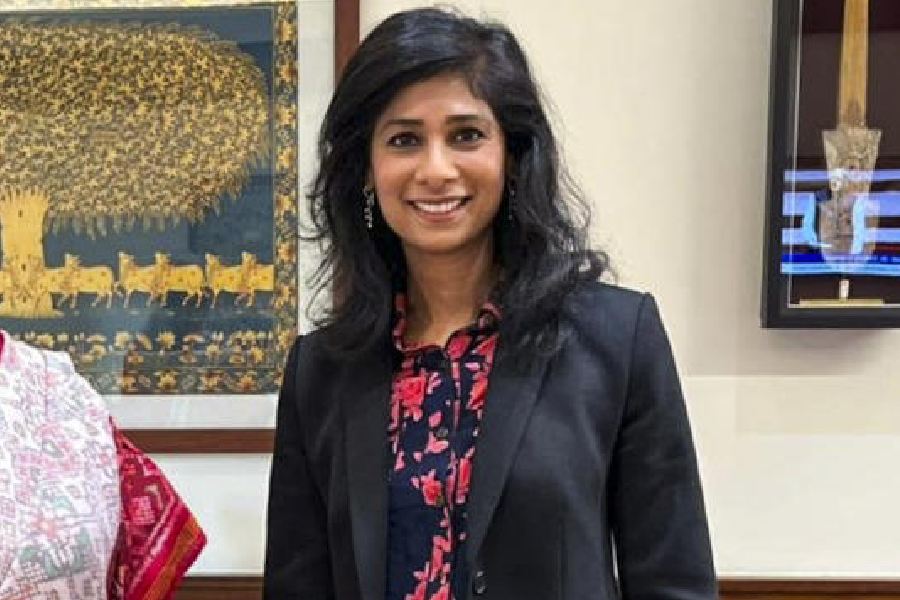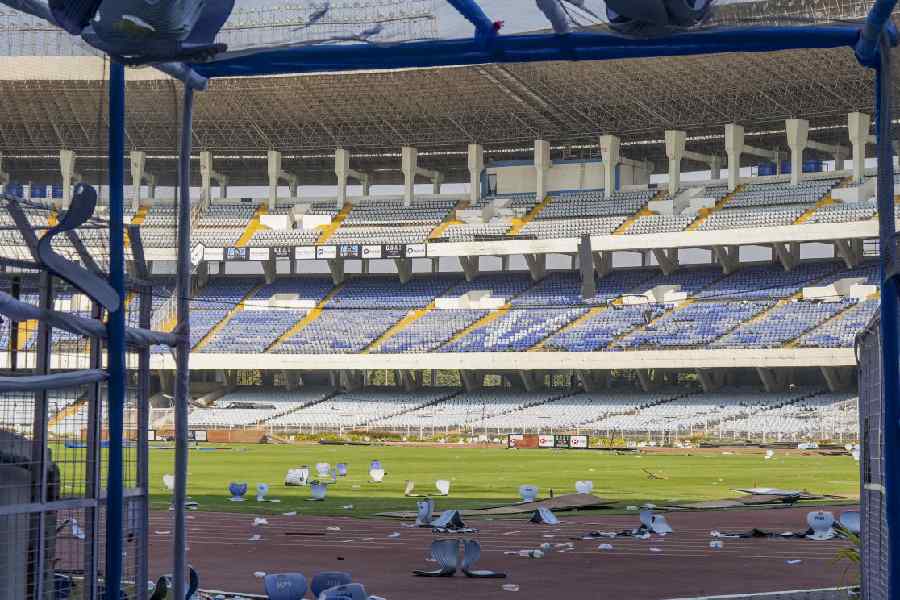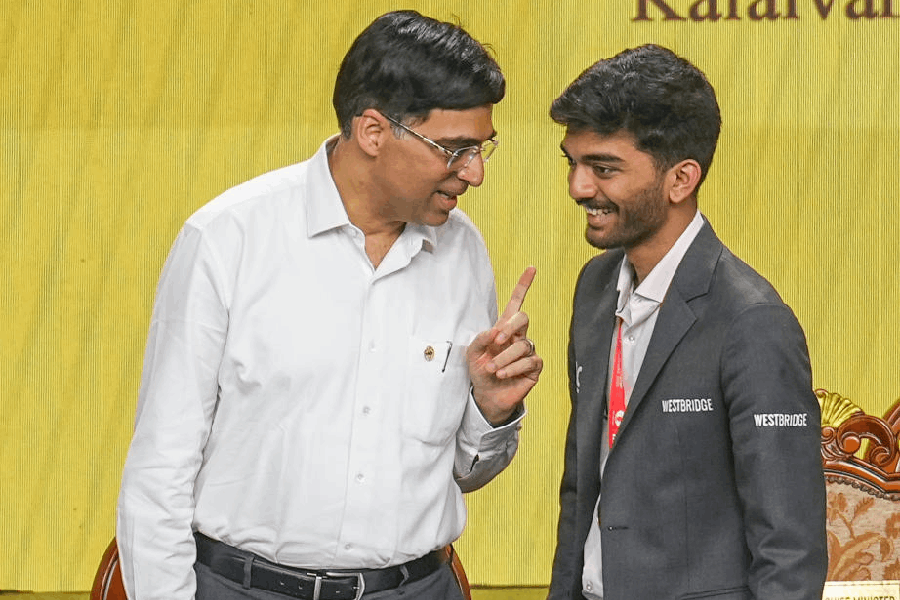 |
Bhubaneswar, April 24: At the Rushikulya river mouth in Ganjam district, witnessing the hatching of baby turtles has become a sight of lifetime for wildlife and nature enthusiasts.
From early evening to early morning hours, one can enjoy the rare natural phenomenon of baby Olive Ridley turtles rushing towards the sea, creating footprints behind and bidding farewell to the rookery where they were born. The place, Gokharakuda, is easily accessible both by road and rail. It’s is just 3km away from Humma on National Highway-5. The place is 165km away from Berhampur. By train, one can come from Chhatrapur, the district headquarters town of Ganjam, after travelling 15km.
Not only Gokharakuda, but for the experience of watching the baby turtles move towards the mighty sea, one can also reach the beach at Podampetta and Purunabandha, 4km and 3km, respectively, from the NH-5 at Humma on the Calcutta-Chennai route.
Beautiful accommodations are available at Rambha and Barkul Panthanivas. The Orissa Tourism Development Corporation (OTDC) maintains these guesthouses. One can also stay at private accommodations at Chhatrapur. Budget or luxury accommodation, are available within the Rs 650 to Rs 2,500 range.
OTDC’s package tour attracts a large number of tourists. But as the process of hatching starts around mid-April and continues till end of the month, the package continues till the third week of April. This year also, the state-sponsored tour operators got a good response from the public. The tour package includes air-conditioned accommodation on twin-sharing basis, food, transport, witnessing the sights of hatching with guides and a cruise experience in the Chilika lake.
“We were overwhelmed at the great response from the public in visiting the place this year. We hope to carry out the package tour in a bigger scale next year. However, considering the sensitivity attached to the animals’ movements, their orientation and safety aspects, we have to change the timetable in consultation with the experts of the forest department,’’ said Alok Mishra, marketing manager, OTDC.
The tourists are advised not to use sharp light sources like torch as the animals might encounter distractions on their way to the sea. Also, the hatching sites are well protected with fishing nets so that there would be no chance of human interference.
Rabindranath Sahu, secretary of the Rushikulya Sea Turtle Protection Committee, said: “Mating of the sea turtles start between November and January. The process continues in the seawater within 5km of the coastline. After mating, the nesting process starts between the second week of February and March. It continues during the night hours only. A female turtle lays 100-160 eggs in its nest. The mass nesting or aribada continues in the month of March. This year, it started on March 3 and ended on March 10. According to a scientific estimation, 2.52 lakh turtles came to the Rushikulya river mouth this year for nesting.’’
“The hatching process of the baby turtles started on April 20. It will perhaps continue till the end of the month. The forest department has put the region — especially an area of 4.5km length around Purunabandha, Gogharakuda and Podampetta — under surveillance. However, since 2007 some disorientation have taken place from the Purunabandha area as majority of the turtles have started coming towards the other two sites. But this may also change within a year or two as the turtles might opt for some more favourable sites,’’ he added.
Fishing nets are given for protection of the turtles. But in a natural decay process, the seawater damages around 30-40 per cent of the eggs. Poaching of turtle eggs used to take place earlier. But since 1994, the native fishing communities have been cooperating with various non-government organisations and volunteers to provide safety to Olive Ridley turtles.
“The Gahirmatha beach near Bhitarkanika National Park gets the maximum number of turtles for mass nesting. This year, more than 4 lakh turtles came to the beach for nesting. In the Devi river mouth, there is also a rookery, but the number of visits by the turtles there is about 5,000 to 7,000 only. The number of the visit of the turtles is increasing near the Rushikulya river mouth as they are getting adequate protection from the environment at this place,” said a forest official.
However, despite the beauty and the business potential attached to the Olive Ridley sea turtles, the animals are also being threatened. The construction of several ports on the coastline, coupled with spilling of lubricant oils and engine oils from various ships, has challenged the existence of the sea turtles.
Threats
From the laying of eggs to the formation of the tiny Olive Ridley turtles, there would be survival of around 40-60 per cent of the turtles near the Rushikulya river mouth.
“An oil spill by a cargo ship in April 2010 had already caused a serious setback to the hatching process. Last year, the baby turtles’ survival rate was just 10-15 per cent because of the problems of contamination of oil into the seawater. The ministry of environment and forests had stayed a granting of permission for a lighthouse near Prayagi as the light will divert the attention of the turtles from 6pm to 6am,’’ Sahu added.
There is a fishing ban on the state’s coast from April to May, as it also becomes the breeding zone for turtles. If a fishing harbour comes up at Gopalpur, then the turtles will suffer from having insufficient food in and around the area. “Thus, with the inclusion of a single port in the plan process, more than 2.5 lakh Olive Ridley turtles will be displaced,” he added.
Threats at other sites
Like the Rushikulya river mouth, Olive Ridley turtles are also threatened by a port at Dhamara. Other activities at nearby islands also pose a threat. Turtle experts are also worried as there is a proposal for a new port and fishing jetty at the Devi river mouth.
Discovery
The history of the mass-nesting site at Rushiklya river mouth dates back to early 1990s when Bivas Pandav, a scientist of the Wildlife Institute of India, discovered the spot. It was later proved by scientific studies that the Olive Ridleys travel between Sri Lanka and the Eastern Coast of India.
“A database of such studies has already been prepared through use of radio transmitters and tagging of the turtles. As the movement of the animals in the high seas provide us the knowledge to understand the world in a better way, we have to conserve the sites. Otherwise, after the addition of more ports, the Olive Ridley turtles will disappear from the state’s coast,” Sahu said.
Not only the OTDC and the state tourism department, but many private tour operators will also benefit if the turtles feel safe and secure. Apart from the tourism point of view, the presence of the Olive Ridleys along the coast will bring in more scientific discoveries. Because many biologists believe that the movement of turtles covering thousands of miles is linked to the Earth’s magnetic field and the link between the mother planet and one of the oldest animals in the evolutionary ladder.










